Drought Update: November 2025
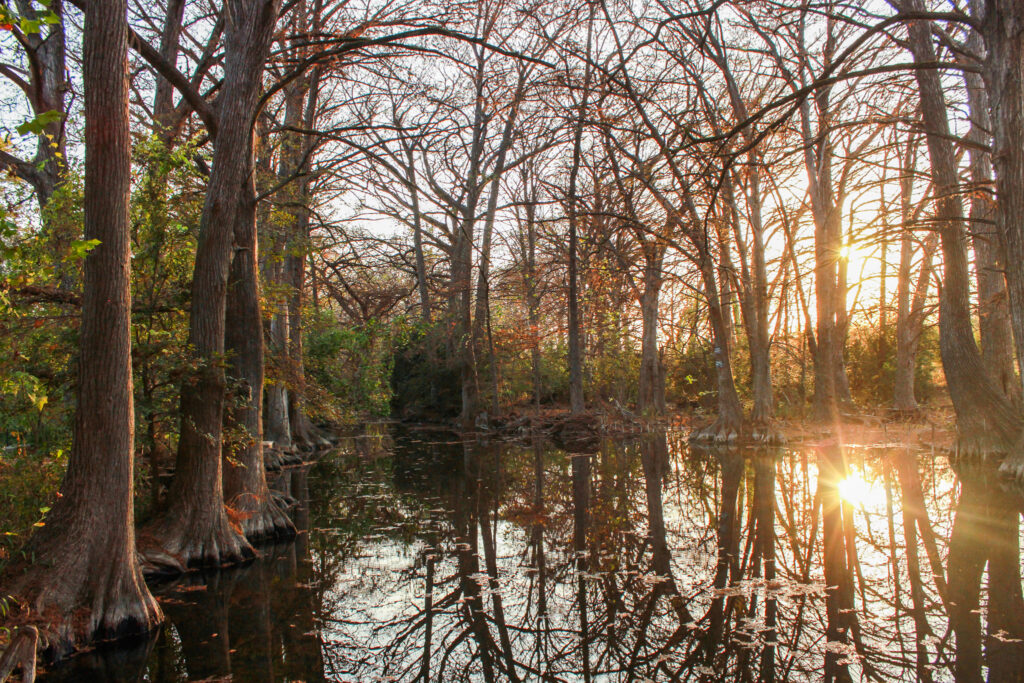
The District entered Stage 3 Exceptional Drought (previously known as Stage 4 Exceptional Drought) on October 1, 2025—only the second time we’ve made such a declaration. Now, we are approaching the threshold for Stage 4 Emergency Response Period (ERP), which could be implemented in early 2026 if dry trends continue. These conditions reflect a combination […]
Well Owner Spotlight: City of Buda
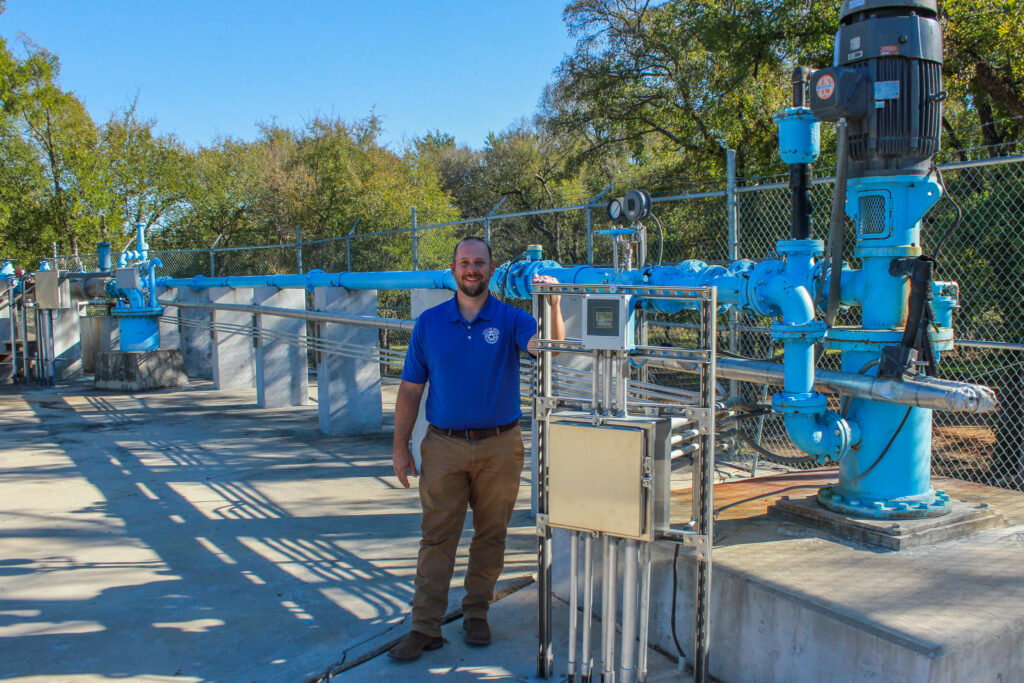
A permittee of the District since we first began issuing permits in 1988, the City of Buda has established a reputation for thoughtful, long-term water management. Through investments in modern technology, proactive planning, and infrastructure designed for drought resilience, the City continues to safeguard local water resources while supporting a rapidly growing community. Smart Meters In […]
District Well Owners Win “Rain Catcher of the Year”
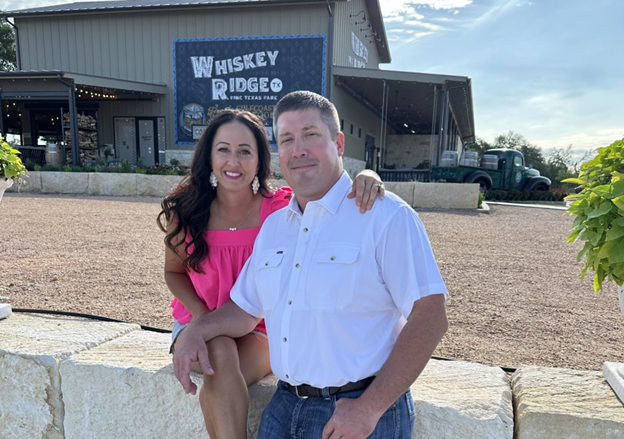
You may remember our first Well Owner Spotlight article highlighting the impressive water conservation efforts of Victoria and Travis Cox in Driftwood, Texas. Now they’ve received well earned recognition from the state. The Texas Water Development Board announced that the Coxes are one of their 2025 Rain Catchers of the Year. They were the recipients […]
“Tracing a Raindrop Through Barton Springs” by Texas Highways

This article explores the deep connection between Barton Springs and the waters that sustain it, highlighting the spring’s significance to both the community and local wildlife. Follow the journey of water as it falls onto the recharge zone, travels through the karst landscape beneath our feet, and ultimately emerges at Barton Springs. Read the full […]
Drought Update: October 2025

RainfallOctober felt more like summer than fall, tying 1931 as the second warmest October on record with an average temperature of 77°F. Although October is typically Austin’s second-wettest month (after May), it brought only about 2.5 inches of rain between Camp Mabry and ABIA –roughly 1.6 inches below the historical monthly average (Figure 1). Only […]
Drought Update: September 2025
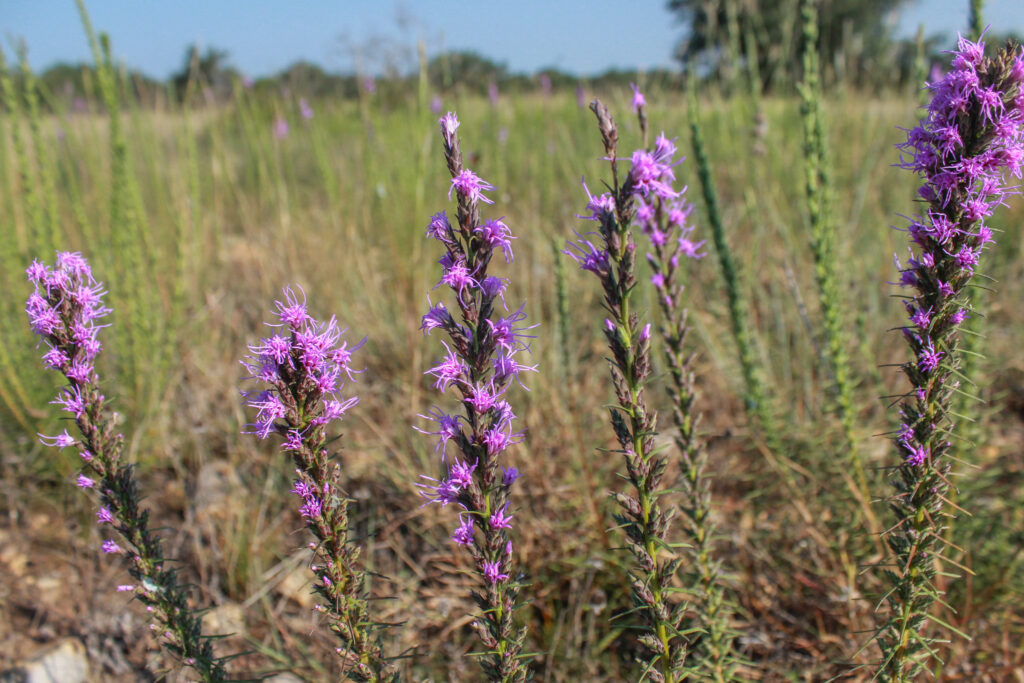
RainfallSeptember was extremely dry in Central Texas. Camp Mabry picked up only 0.08 inches of rain, and Austin–Bergstrom International Airport (ABIA) saw just 0.18 inches. On average, that’s only 0.13 inches across the area – far short of the usual 3.2 inches we expect in September (Figure 1). That 3-inch shortfall is especially important because […]
Charlie Flatten Hired as New General Manager of the District
The District is pleased to announce the appointment of Charlie Flatten as its new General Manager, effective October 13, 2025. A Hill Country native, Flatten brings a wealth of experience in groundwater policy, regional planning, and collaborative natural resource management. He and his family live on the Edwards Aquifer outcrop in the shaded headwaters of […]
District Declares Exceptional Drought for Second Time in History

Photo of District staff measuring groundwater level at the Lovelady monitor well | July 2025 The Barton Springs-Edwards Aquifer Conservation District (District) has declared Stage 3 Exceptional Drought (formerly known as Stage IV Exceptional Drought), effective October 1, 2025. This marks only the second time in the District’s 38-year history that Exceptional Drought has been […]
Drought Update: August 2025

Last month was mild compared to recent Augusts, but it may be surprising to hear that temperatures still averaged 0.5 degrees above normal. Rainfall across the area was below average, and the lack of precipitation is taking a toll on the aquifers. Lovelady monitor well groundwater levels and Barton Springs flow rose briefly after early […]
Updates to District’s Drought Chart: Effective September 1, 2025
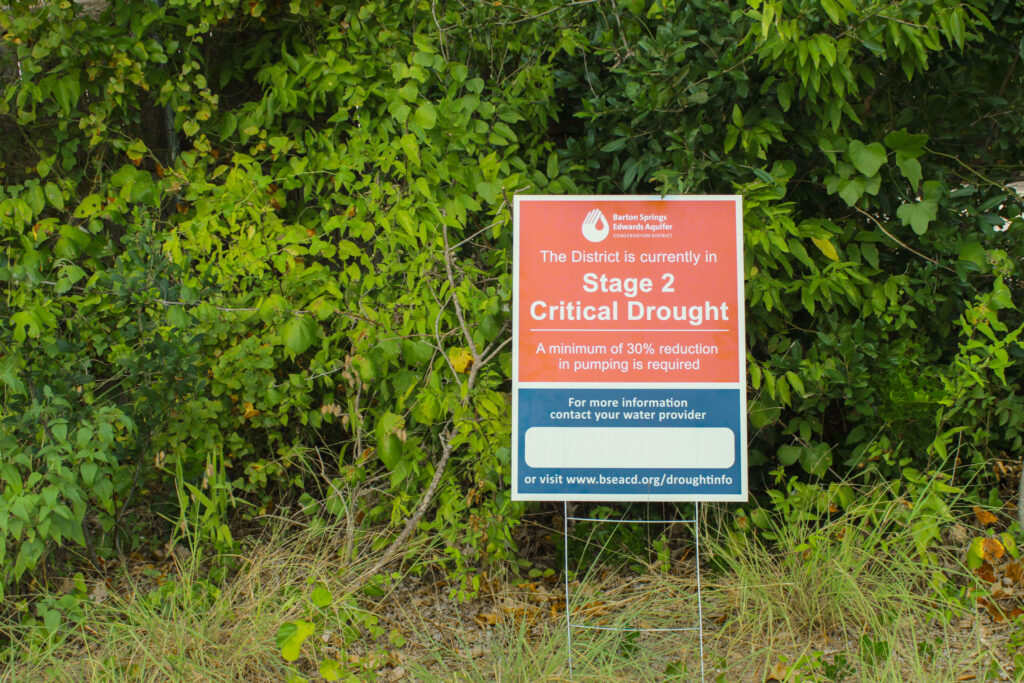
Pictured is the District’s new drought sign for Stage 2 Critical Drought, which will take effect September 1, 2025. The Board of Directors of the Barton Springs-Edwards Aquifer Conservation District has approved updates to the District’s drought chart. The revisions are designed to improve clarity, simplify the graphic, and make it easier for the public […]
